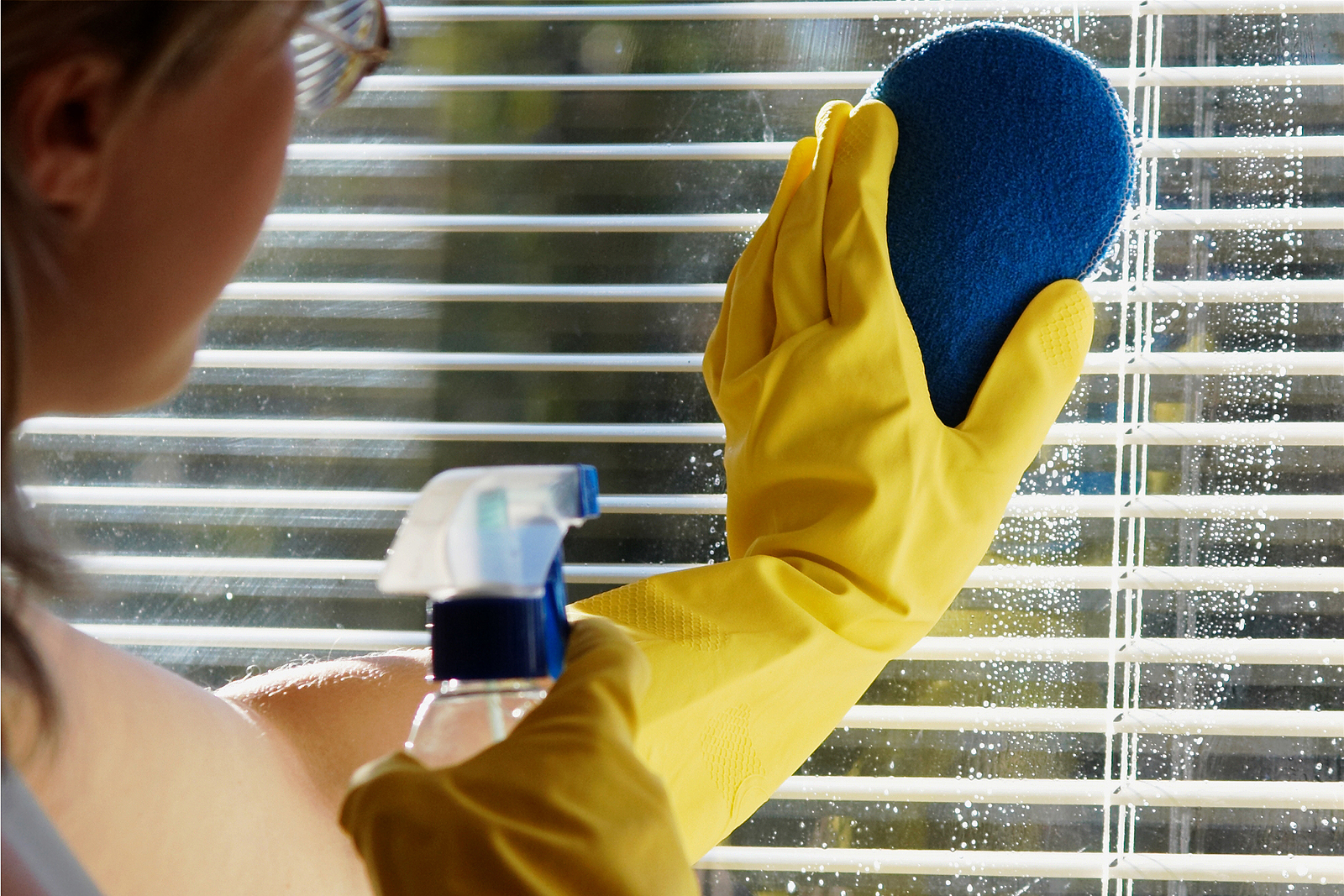From humans to rocks, everything ages. The average life expectancy for a water heater, for instance is between 8 and 12 years, according to the experts at Lowe’s.
Fortunately, the windows in our homes have a much longer life span–up to 20 years, depending on how they’re maintained, what they’re made of and weather, among other factors.
So, how do we know when our windows are about to bite the dust? We consulted the pros; read on to find out what they have to say.
Do they leak?
The best time to check the windows for leakage is while it’s raining or immediately after the rain stops. If the water intrusion has been persistent for some time, however, you may be able to spot evidence of it on a sunny summer day.
Here’s what to look for:
- Water leaking into the home’s interior from around the windows
- Discoloration of the window sill
- Swollen sills
- Musty smell
- Signs of mold
- Signs of moisture between panes in dual-paned windows
Moisture intrusion typically means you’ll need to replace the windows, or, at the least, the glass.
How’s that trim?
Harsh weather over the decades can take its toll on a home’s windows. In fact, if left too long, the damage may be too extreme to repair, according to Justin Bartley at nextdoorandwindow.com.
Inspect the windows from the outside, looking for cracked or rotted trim. Dark spots may be an indication of rot.
Chipping and decay are two other important signs to look for.
Operate properly?
You shouldn’t have to fight with your windows to open and close them. If you do, you may need to replace them.
“Most aging windows develop balance issues, which lead to jamming and sticking,” according to Bartley. “The formation of rust, rotting, or mold may also factor into this, indicating that your existing windows are nearing the end of their service life.”
Drafty?
If you feel drafts when near the home’s windows, or your heating and cooling bills seem higher than normal, check the window’s seals. If they are damaged, you may need to purchase new windows.
The experts at Lee’s Glass in Pensacola, Florida suggest that you take a look at “… the points where your window meets the wall and the sash meets the frame. If you can see gaps or light coming in, there is a good chance your seals have failed.”
The typical American homeowner can save up to $583 per year on heating and cooling when replacing single-pane windows with ENERGY STAR Certified Products, according to the U.S. Department of Energy.
Do you like how they look?
This is an important consideration, especially if you are planning on selling your home in the near future. Not only are energy-efficient windows attractive to homebuyers, but they can dramatically improve the home’s curb appeal.
Although window replacement is expensive, it does have advantages.




